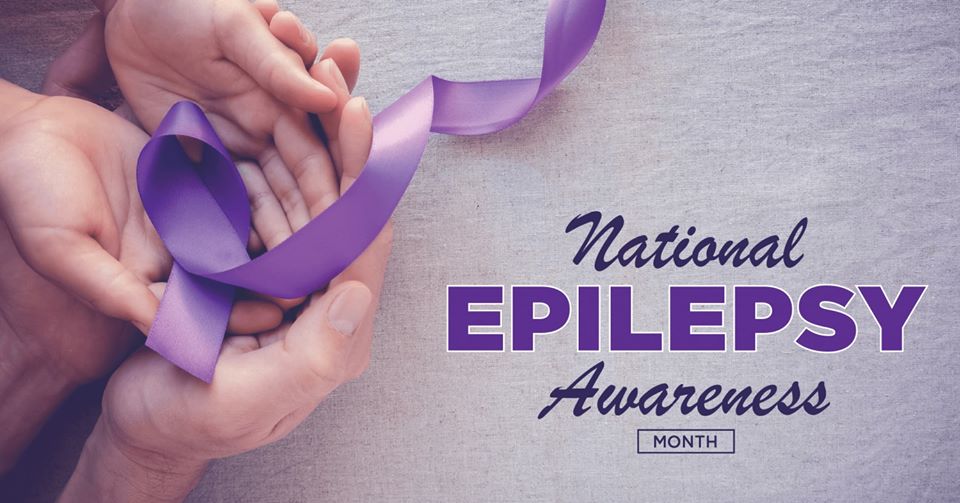November 2019

On November 1st, the Texas A&M Health and Wellness Committee, Community Health Promotion Student Organization (CHPSO) partnered participating at First Friday in Downtown Bryan, engaged with the community and handed out information regarding epilepsy and public health. Because November is National Epilepsy Awareness Month to improve people’s awareness of epilepsy’s causes and symptoms. Epilepsy is a group of neurological disorders characterized by recurrent epileptic seizures, which could result in self-injury and physical injuries, including occasionally broken bones. One in 26 people will be diagnosed with epilepsy at some point during their lifetime. Epilepsy is one of the least understood of all the neurological diseases, yet it is the fourth most common. During this month, many organizations join together to provide information about prevention, treatment, research, and resources to fight epilepsy.
Epilepsy has a long history of misunderstanding and stigmatism. In ancient history, suffering epilepsy are attributed to spiritual or demonic possession. Hippocrates, the great Roman medical practitioner, believed that it was a supernatural phenomenon and derived from the brain with hereditary aspects. Unfortunately, Hippocrates wasn’t believed until well into the 17th century, and stigma associated with it continues to this day. One of the goals of National Epilepsy Awareness Month is to separate the disease from its historical and false reputations. School of Public Health has set up health promotion and educational boards in the administration building. Each week in November there is one fact and one fiction statement about epilepsy posted on each board, sticky notes are provided for people to write their answer “Fact” or “Fiction” on, and the correct answer would be informed next week.
One Fact and One Fiction Statement about Epilepsy on Each Board
Wristbands or bracelets are recommended for diagnosed epileptics to wear so the proper and immediate medical assistance could be given if seizures occasionally happen. “It is critical that everyone know what to do if they see someone having a seizure so that people with epilepsy are safer and protected” by Phil Gattone, who is the president and CEO of Epilepsy Foundation. What first aid should be provided to epileptics? Rolling them with an active tonic-clonic seizure onto their side and into the recovery position helps prevent fluids from getting into the lungs. Putting fingers, a bite block or tongue depressor in the mouth is not recommended as it might make them vomit or result in the rescuer being bitten. Efforts should be taken to prevent further self-injury. Spinal precautions are generally not needed. Researches in Human Nutrition, Forensic Medicine, Brain and Behavioral Sciences, have been conducted and studied dietary therapies for epilepsy, the ketogenic diet (KD) is one of them.
Please join CHPSO in recognizing National Epilepsy Awareness Month and receiving Seizure First Aid Training given by Dr. Robert Garcia tomorrow in School of Public Health (Classroom Building 111).
---Kaiyi Zhang
Kaiyi Zhang is a doctoral student in the Department of Environmental and Occupational Health